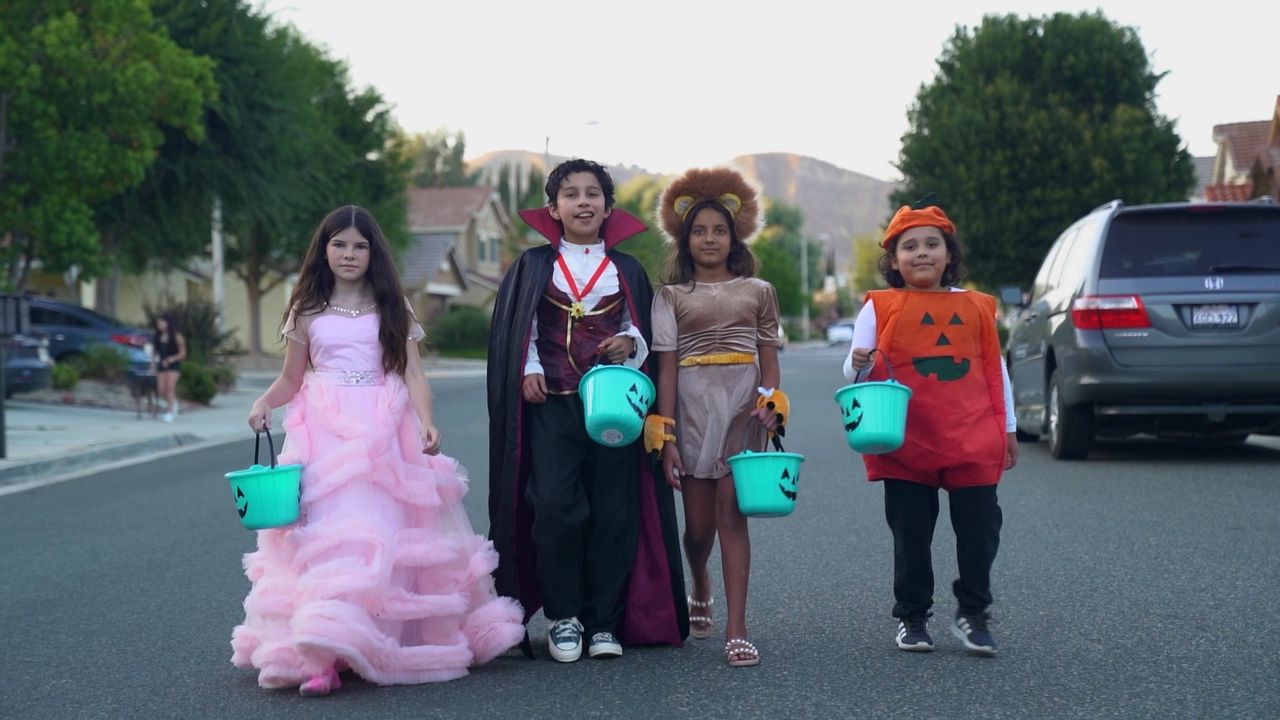
Get Ready for a Safe Halloween: The Teal Pumpkin Project Is Here to Help
As Halloween approaches this week, excitement fills the air. Families are busy preparing for the annual night of costumes, spooky decorations, and, of course, trick-or-treating. However, for many families, particularly those with food allergies, the festivities can be nerve-wracking. Thankfully, there’s a simple yet impactful initiative designed to make Halloween safer and more inclusive for all kids: The Teal Pumpkin Project.
With rising awareness about food allergies, the Teal Pumpkin Project aims to create a safer trick-or-treating experience. Launched over a decade ago in East Tennessee, this project promotes the idea that not every treat needs to be candy. The initiative encourages homeowners to provide non-food alternatives, such as glow sticks, stickers, or small toys, which are just as fun and festive. As a result, children with food allergies can enjoy the thrill of Halloween without the anxiety of potential allergic reactions.
The significance of a teal pumpkin cannot be overstated. Displaying a teal pumpkin—be it a real one, a plastic version, or even just a picture—outside your home serves as a visual cue to trick-or-treaters that you have safe, non-food options available. “Having a teal pumpkin is like putting up a welcome sign for those kids,” explains Kelly Cleary, Senior Director of Education and Support Programs with FARE (Food Allergy Research and Education). “It’s a small gesture that can make a big difference in embracing inclusivity this Halloween.”
The success of the Teal Pumpkin Project has attracted national recognition, partly due to partnerships with major retailers like CVS, which have expanded the availability of non-food treats. Today, it’s become easier than ever for families to adopt this festive yet thoughtful approach to Halloween.
If you’re looking for teal pumpkin houses in your neighborhood, FARE has made it even easier with an interactive map available on their website, FoodAllergy.org. Simply enter your location to discover which homes are participating in the initiative. This feature lets families plan a safer trick-or-treating route, ensuring that every child can enjoy the spooktacular festivities without fear of allergy-related issues. Additionally, if you want to join the cause, it’s easy to add your home to the map. Just click “Add My Location” on the website, and your house will be marked for all to see.
While it’s essential to provide options for kids with food allergies, families can also get creative with their non-food treats. Consider stocking up on items like temporary tattoos, keychains, or themed pencils to keep the spirit of Halloween alive. In a world where allergies are becoming more common, these inclusive alternatives offer a great opportunity for kids to share in the joy of the holiday without feeling left out.
Moreover, parents should also engage in conversations with their children about food allergies, explaining why certain treats may not be suitable for everyone. Encouraging empathy and understanding helps cultivate a community that is aware and accepting of dietary restrictions, paving the way for all children to participate in Halloween festivities without fear or exclusion.
As you prepare for Halloween this year, consider adding a teal pumpkin to your decorations. It’s not just about the candy anymore; it’s about fostering an inclusive environment where every child, regardless of their dietary restrictions, can partake in the joys of trick-or-treating.
In conclusion, The Teal Pumpkin Project empowers communities by offering a simple way to make Halloween more accessible for kids with food allergies. By decorating with teal pumpkins and providing non-food treats, families across the country are taking steps toward inclusivity. It’s a small gesture that brings about a significant change, making Halloween a bit brighter for everyone involved. So this Halloween season, let’s unite to celebrate in a manner that is celebratory, inclusive, and—most importantly—safe!


